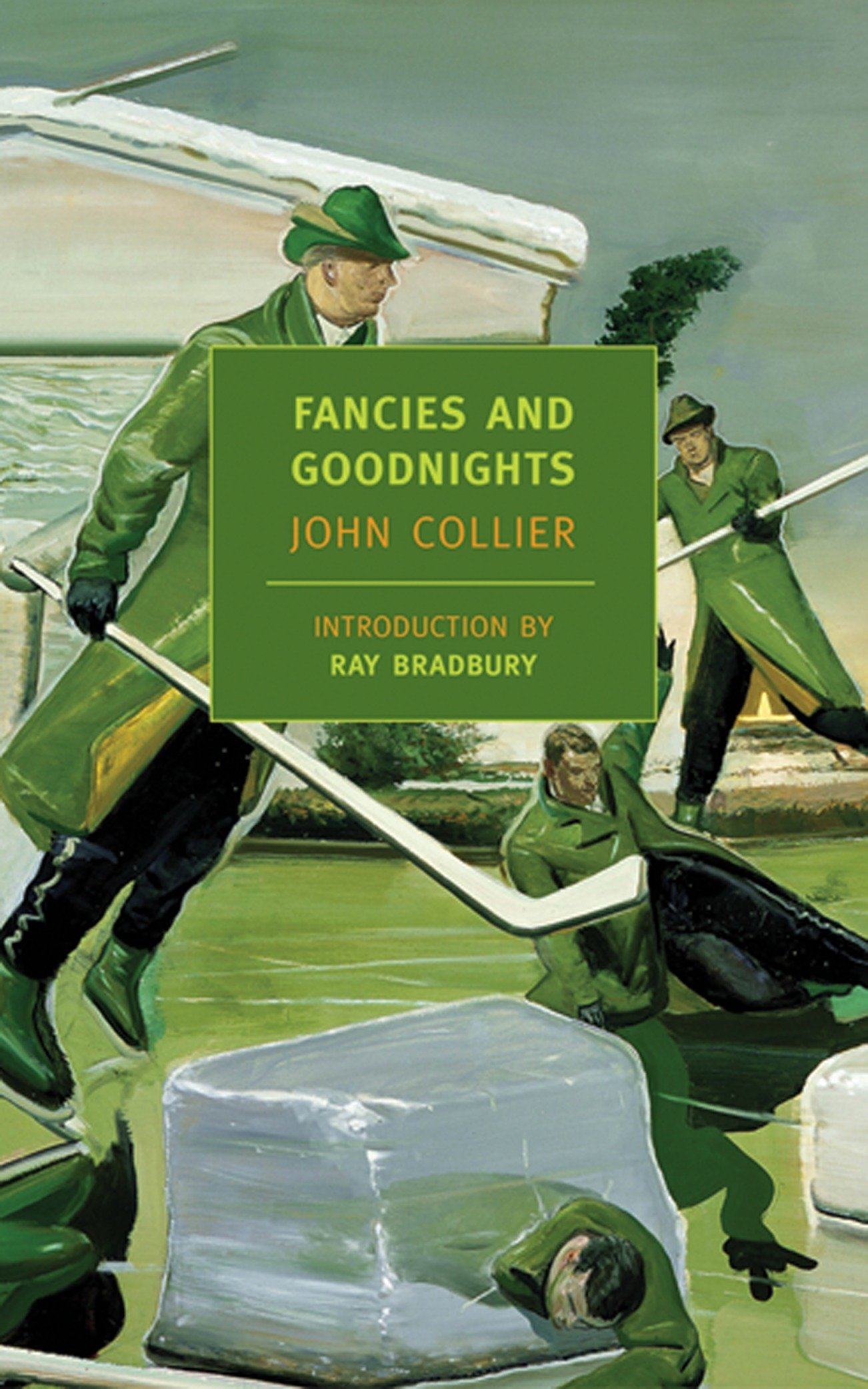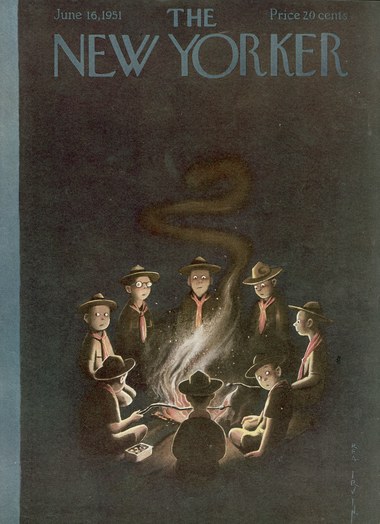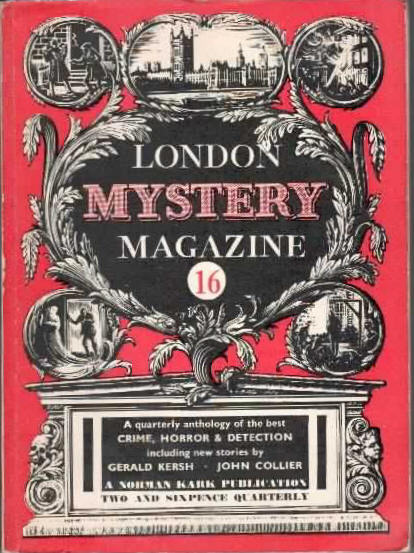 Last fall, I had mentioned a story set in Ireland where a rascal of a man has the table turned on him. I had thought it was E. F. Benson, but the story premise just did not feel like a Benson story. It is unusual for me to forget the author and or title of a story. A friend of mine put out the word and found the author and title of the story.
Last fall, I had mentioned a story set in Ireland where a rascal of a man has the table turned on him. I had thought it was E. F. Benson, but the story premise just did not feel like a Benson story. It is unusual for me to forget the author and or title of a story. A friend of mine put out the word and found the author and title of the story.
The story is “The Lady on the Grey” by John Collier. This would make sense. About five years ago I read the New York Review Books Classics reprint of Collier’s Fancies and Goodnights. I blew through the fifty stories in a couple weeks which is why I did not remember more than a few titles.
John Collier (1901-1980) was a favorite of anthologists 50-60 years ago. You see his stories in the Alfred Hitchcock anthologies and seemed to show up in books with stories by Ray Bradbury, Charles Beaumont, and Roald Dahl.
Collier was not a pulp writer. He was more urbane, appearing in magazines including Harper’s, The New Yorker, Esquire, The Atlantic Monthly, not Weird Tales or Unknown. He did show up in The Avon Fantasy Reader and The Magazine of Fantasy & Science Fiction. He was an influence on Henry Kuttner and Ray Bradbuy. Many of his stories were of a sort that would be a model for those in Unknown but with better delivery in general. Remind me to write the Curse of Unknown someday.
Ray Bradbury said in the introduction to Fancies and Goodnights that “The stories here are not serious. . . John Collier traveled light. He saw the irony in human encounters and the fun in putting it down.”
Collier later wrote for Alfred Hitchcock Presents T.V. show including some adaptations of stories contained within Fancies and Goodnights.
“The Lady on the Grey” as I said is set in Ireland. Originally published in The New Yorker, June 16, 1951 and reprinted in The London Mystery Magazine  #16, 1953 in the U.K.
#16, 1953 in the U.K.
“Ringwood was the last of an Anglo-Irish family which had played the devil in County Clare for a matter of three centuries. At last all their big houses were sold up, or burned down by the long-suffering Irish, and of all their thousands of acres not a single foot remained. Ringwood, however, had a few hundred a year of his own, and if the family estates had vanished he at least inherited a family instinct, which prompted him to regard all Ireland as his domain, and to rejoice in its abundance of horses, foxes, salmon, game, and girls. . .He had an intimate by the name of Bates, who was another of the same breed and the same kidney. Bates was equally long and lean, and equally hard-up, and he had the same wind-flushed bony face, the same shabby arrogance, and the same seignorial approach to the little girls in the cottages and cow-sheds.”
Ringwood is on the trail to meet up with Bates off the beaten track. The landlady of the inn has not seen Bates in a few days. Ringwood is out on a stroll looking to seduce the local maidens catches a glimpse of “the most beautiful girl he had ever seen in his life” on a gray horse accompanied by a “tall, lean, hairy lurcher.” A lurcher is a dog that is generally a cross between a sight hound and a terrier. Historically, they were a poacher’s dog.
Inquiry at the inn reveals the girl on the horse as “the Murrough lady.” Ringwood gets directions to the Murrough property. He boldly walks to the tower and speaks to the Lady Murrough. Her dog intercedes almost knocking him over. Ringwood accepts and invitation to the tower and thinks it is his lucky day. He is bewitched and passes out when kissing her.
He wakes up feeling strange while Bates is talking to him. He also notices his long and hairy forelegs and what has happened to him.
 A reread showed the story to be a little more breezy in execution and less atmospheric that I remembered. None the less, the story made a strong impression on me. R. Chetwynd Hayes recycled the idea transplanting the story to Wales and the hounds of Arawn in “Lord Dunwilliam and Cwn Annwn” in Welsh Tales of Terror. That is a fine story also by the way.
A reread showed the story to be a little more breezy in execution and less atmospheric that I remembered. None the less, the story made a strong impression on me. R. Chetwynd Hayes recycled the idea transplanting the story to Wales and the hounds of Arawn in “Lord Dunwilliam and Cwn Annwn” in Welsh Tales of Terror. That is a fine story also by the way.
If you are so inclined Fancies and Goodnights is still available. There are some memorable stories contained therein. I still need to get the NYRB Classics edition of The Long Ships as my old movie tie in paperback’s spine is cracking.
Fancies and Goodnights was one of only six books to win the International Fantasy Award. An honor it shares with More Than Human and The Lord of the Rings.